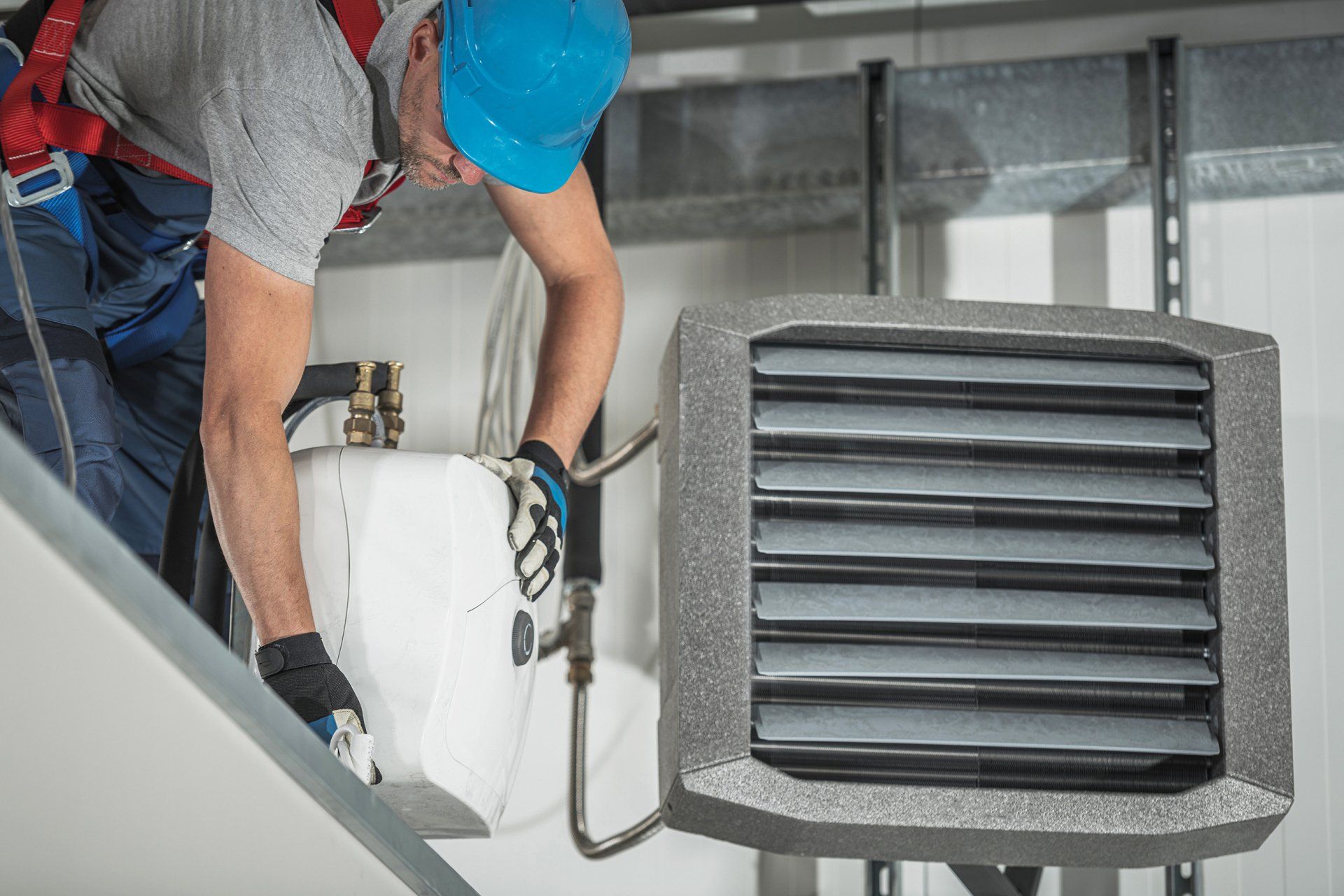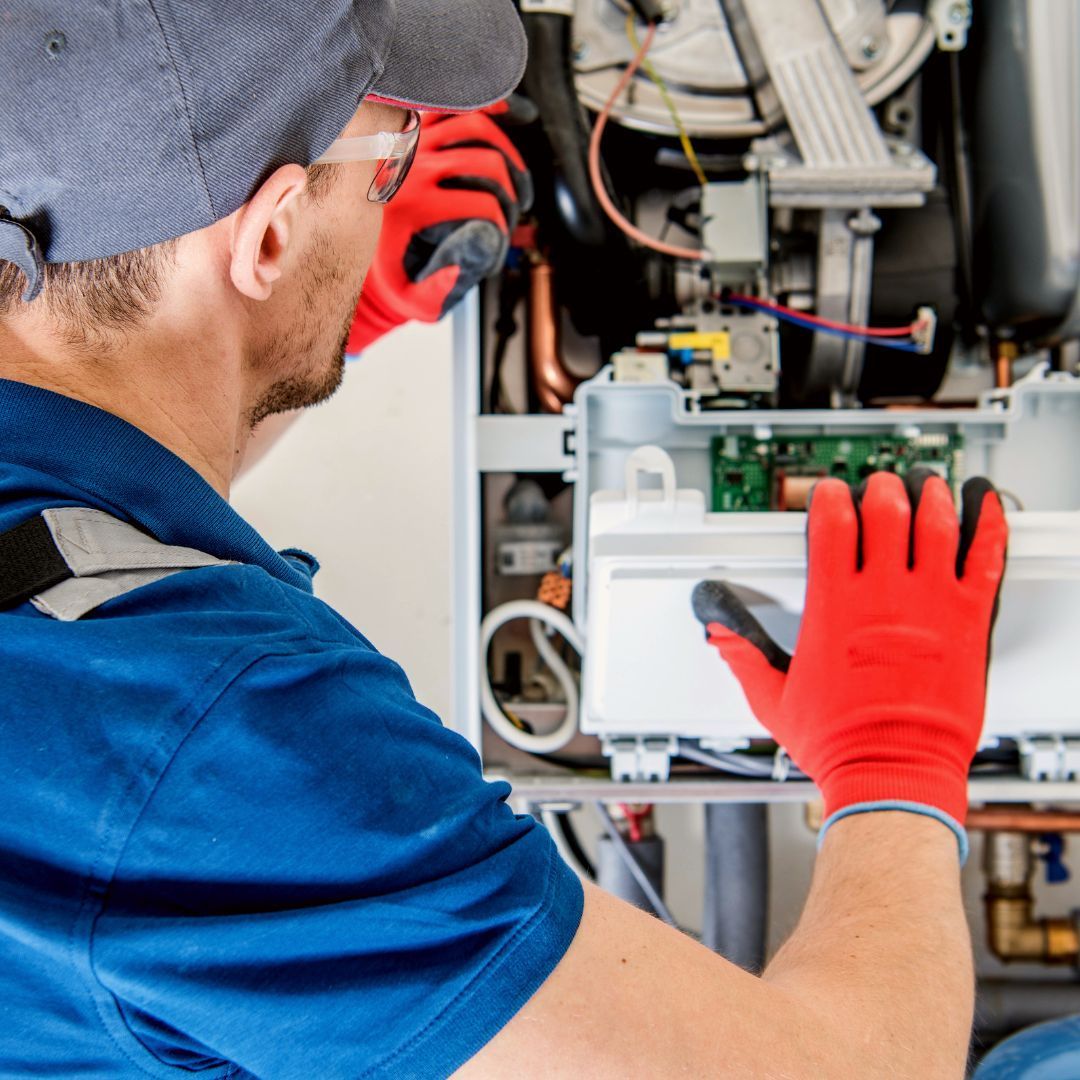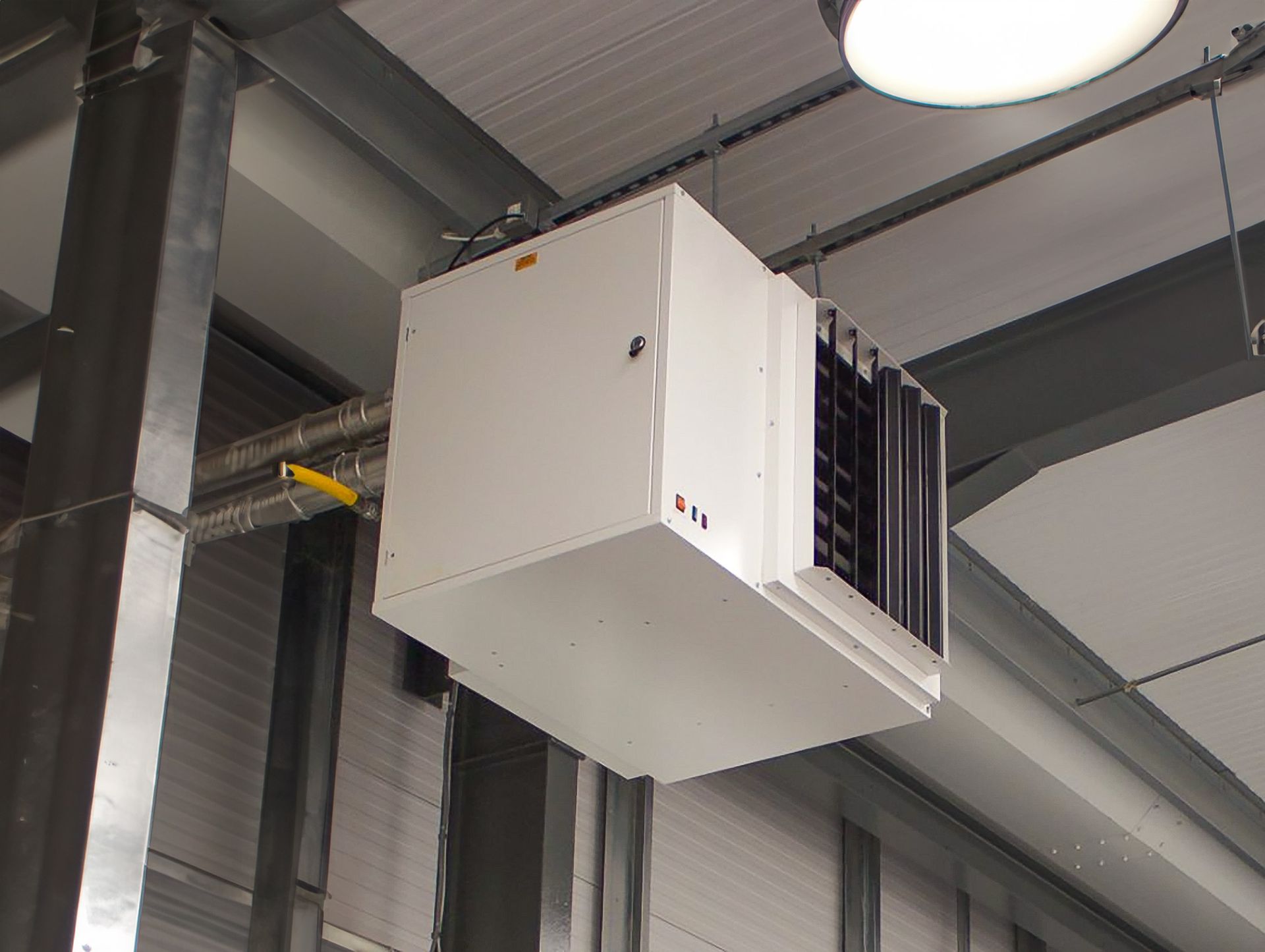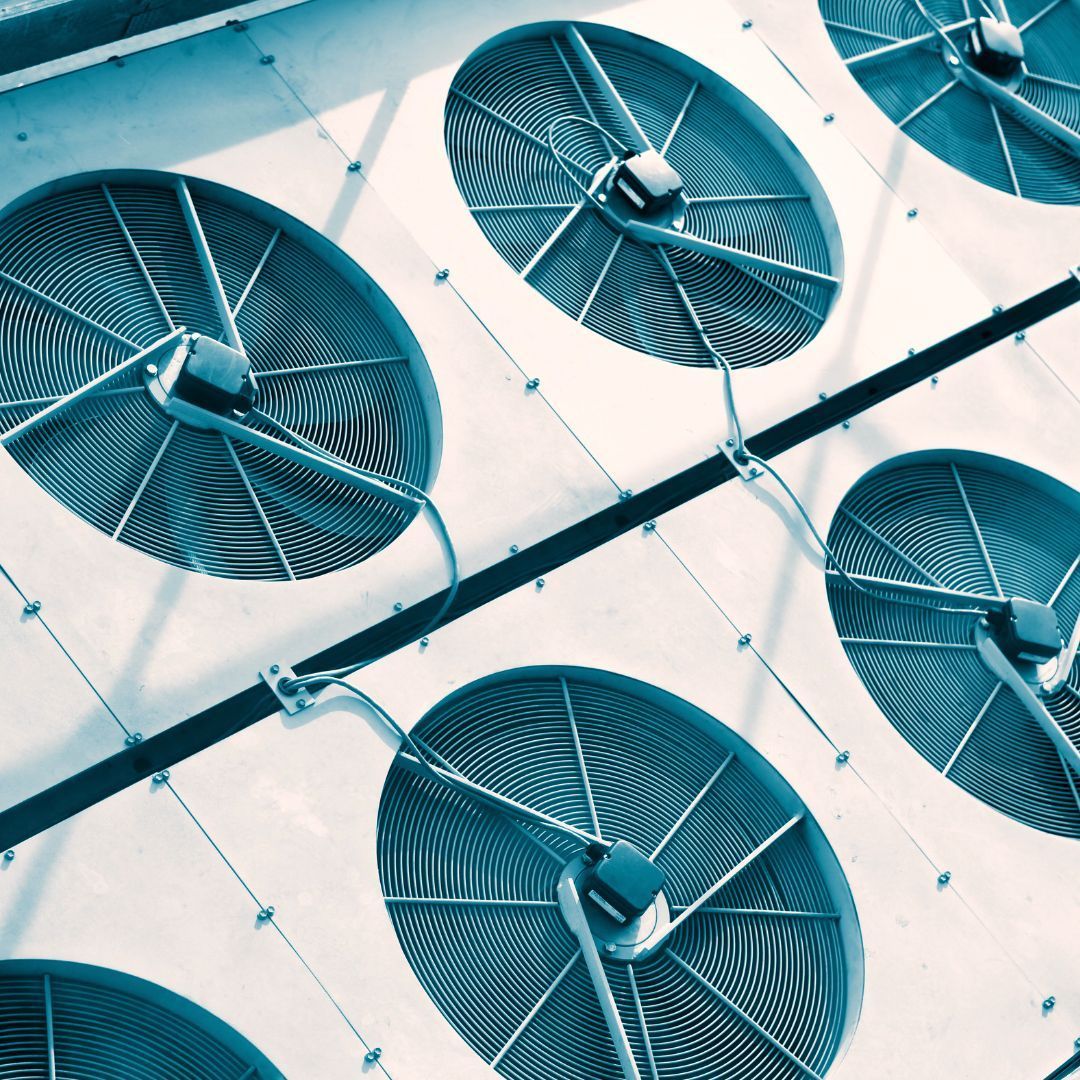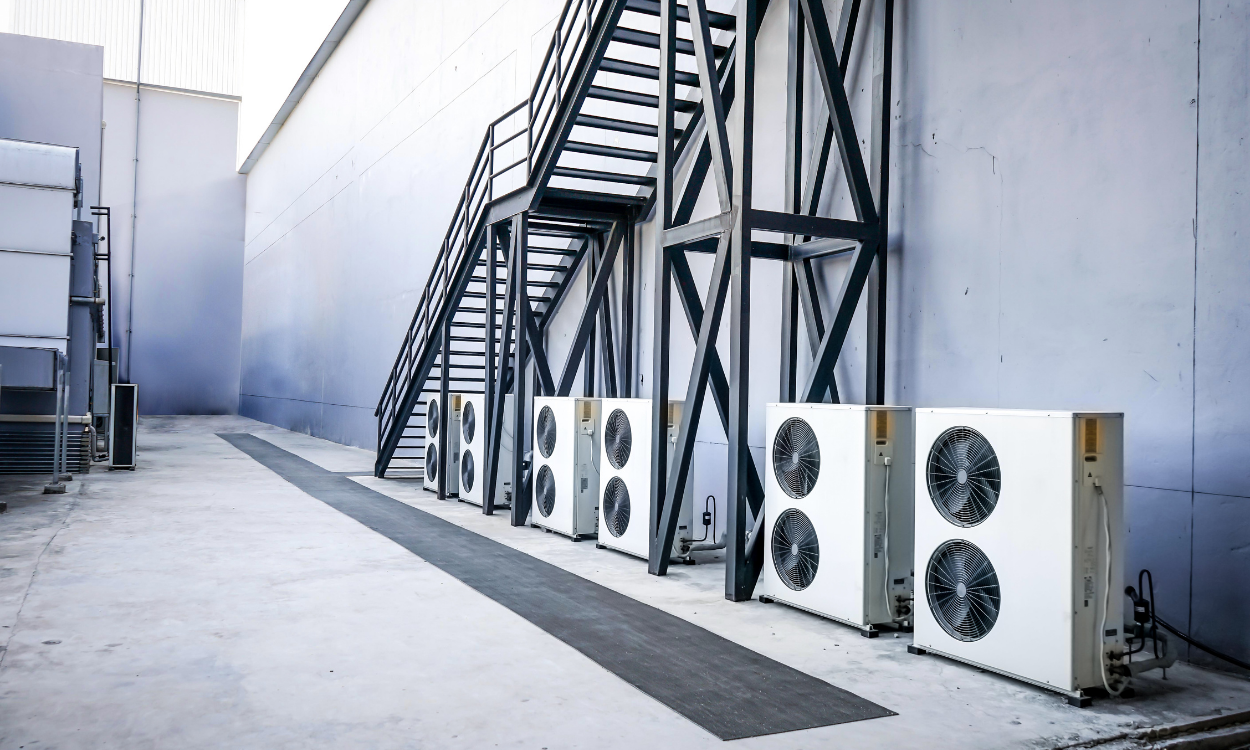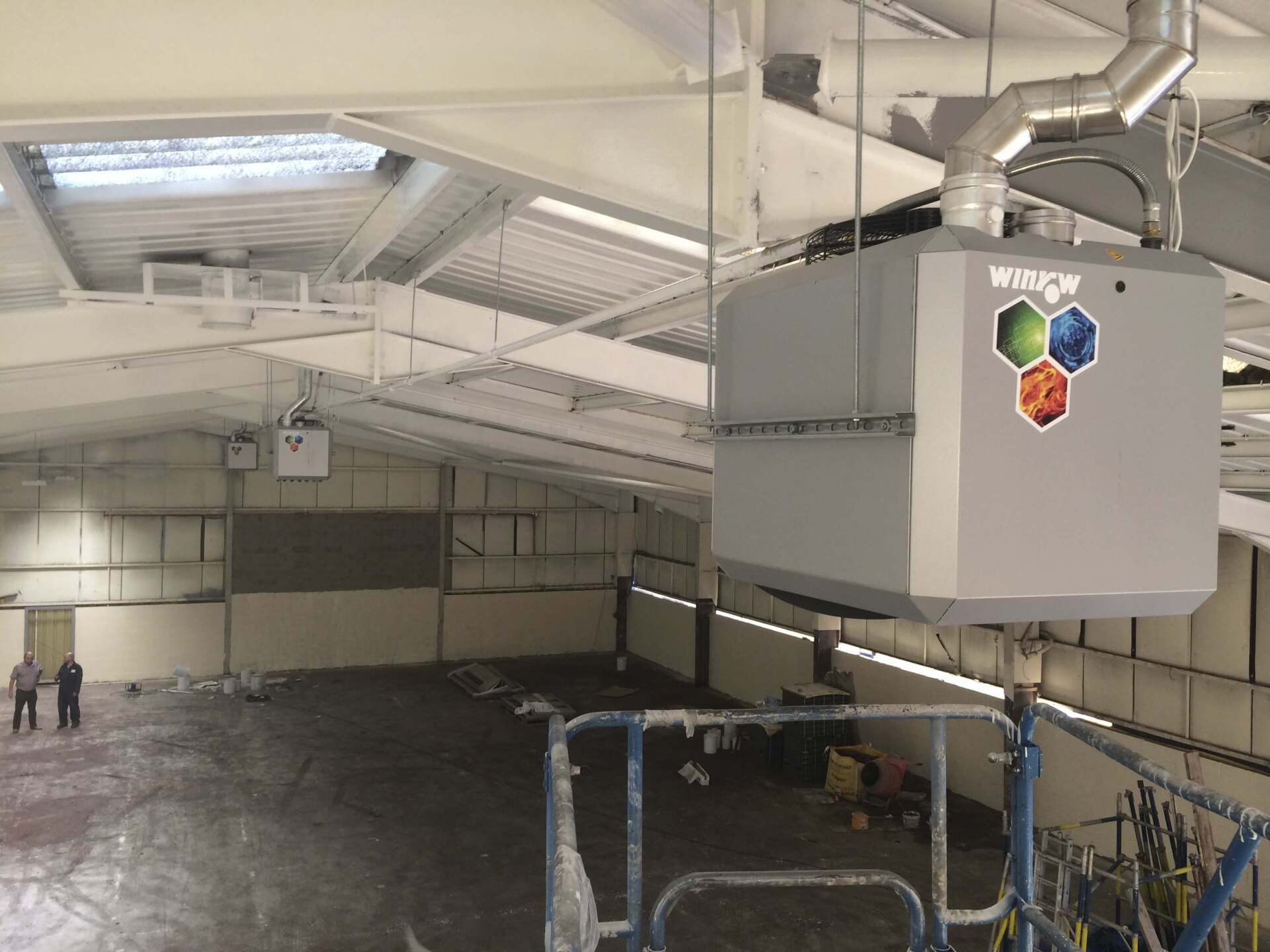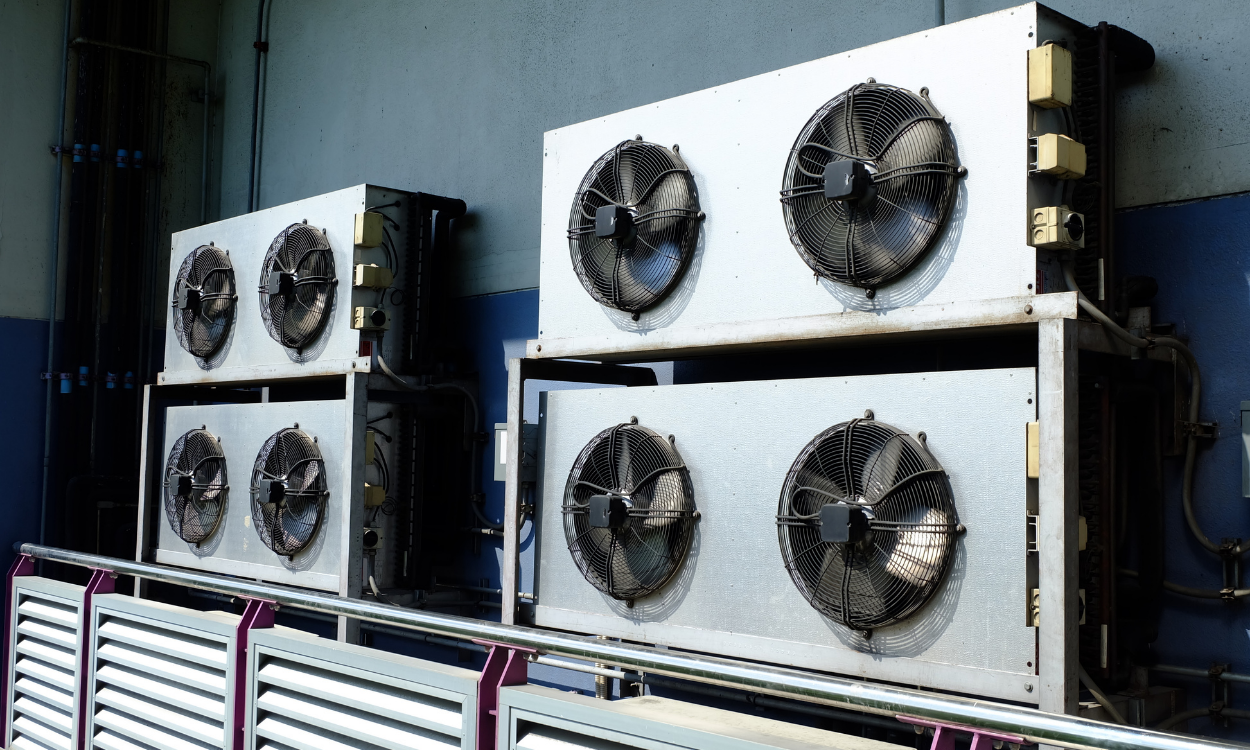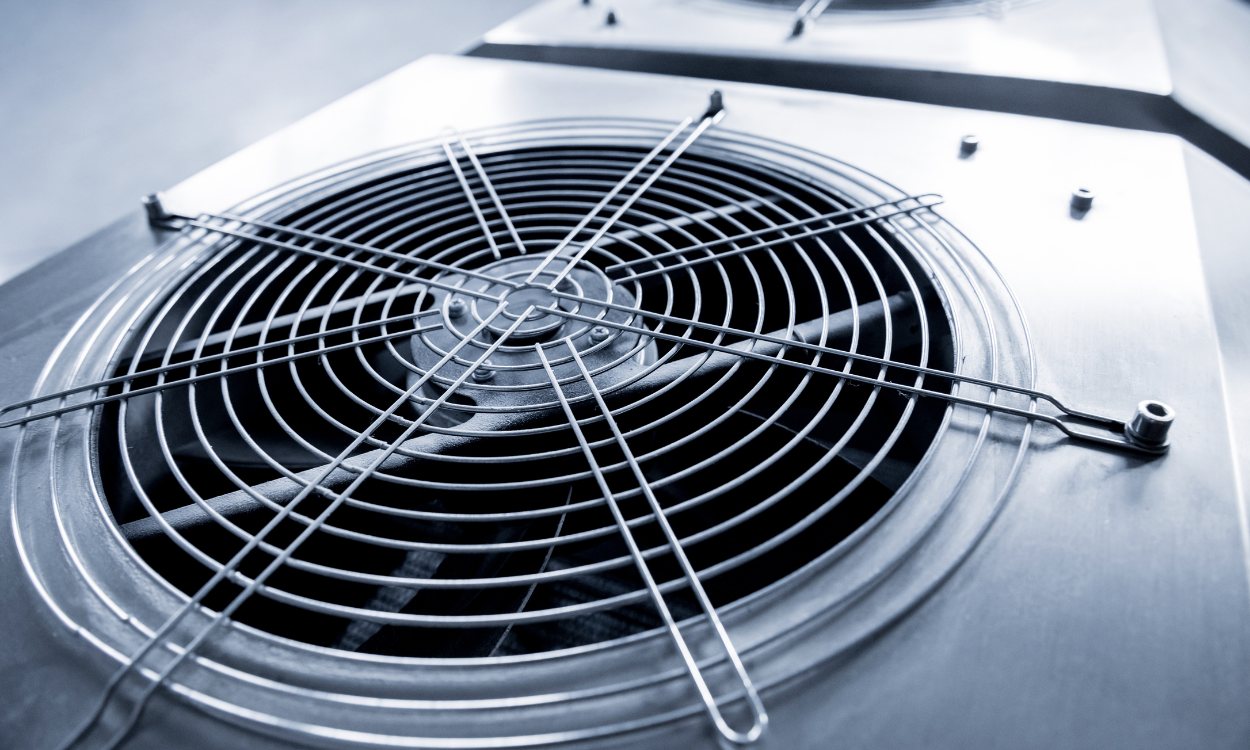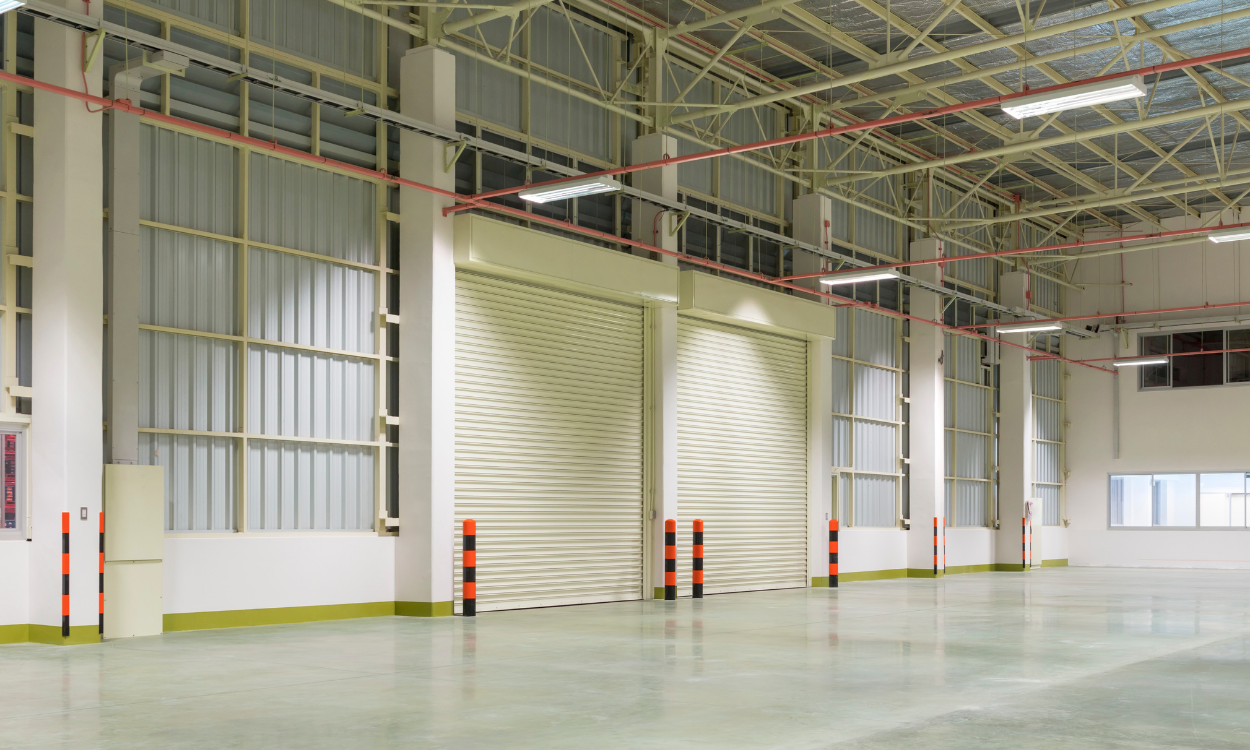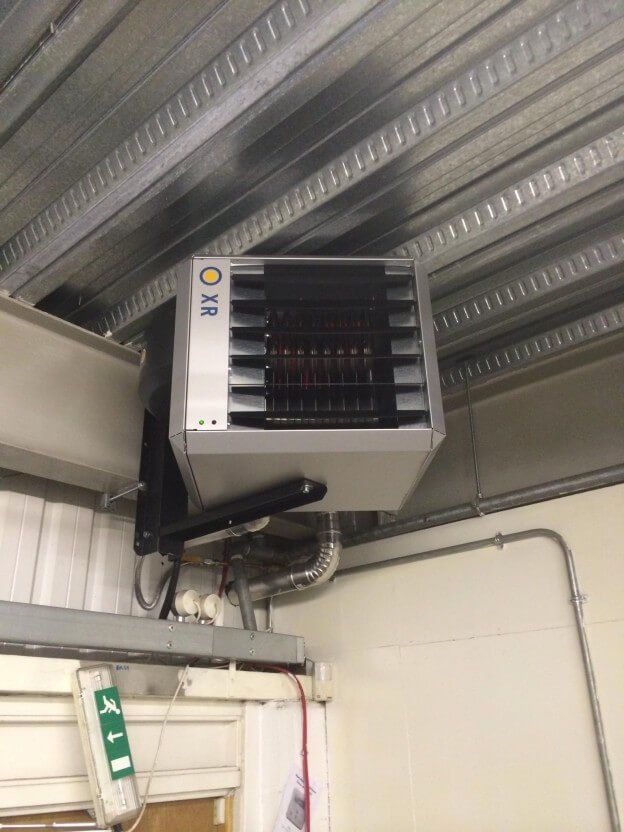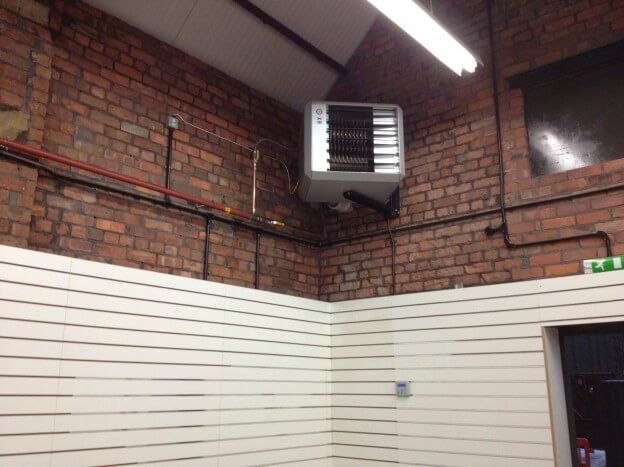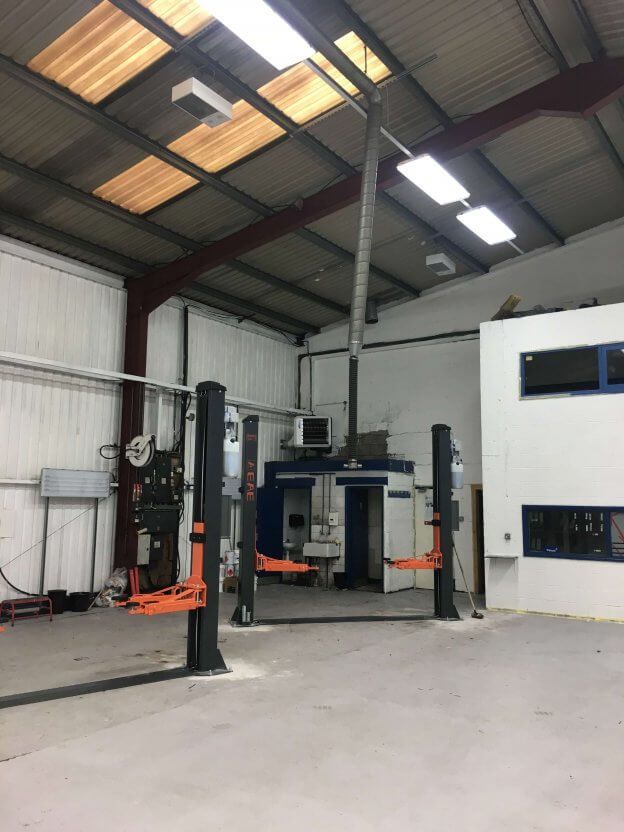Understanding Thermal Stratification in Buildings
Thermal stratification is a phenomenon where different layers of air in a building have varying temperatures. In essence, warm air rises and cold air settles to the bottom. This occurrence leads to an uneven distribution of heat within the building, whereby higher areas such as the ceiling are substantially warmer than areas closer to the floor. In large commercial and industrial spaces with high ceilings, the temperature difference can be quite significant, and can even result in a staggering 15-20°C discrepancy.
The Role of Energy Efficiency in Tackling Thermal Stratification
Addressing the issue of thermal stratification is vital for improving the overall energy efficiency of a building. Energy is wasted when heating or cooling systems have to work harder to maintain a consistent temperature throughout the space, due to the uneven distribution of heat. This not only leads to increased energy consumption and higher utility bills, but also contributes to greenhouse gas emissions, affecting the environment. Furthermore, thermal stratification also impacts occupant comfort and productivity levels, as temperature fluctuations can create uncomfortable working conditions.
Destratification Fans as an Effective Strategy for Combating Thermal Stratification
One popular method of countering thermal stratification is the implementation of destratification fans. These fans are specially designed to address the inconsistencies in temperature by redistributing the warm air from the upper areas of a building back down to the lower levels. As a result, these fans promote an even temperature distribution throughout the space, thereby reducing the workload on heating and cooling systems, and ultimately improving energy efficiency. Destratification fans are an effective and cost-efficient means of tackling the problem of thermal stratification and can significantly enhance the energy performance and comfort of a building.
Definition of Thermal Stratification
Thermal stratification refers to the
, often occurring in large buildings with high ceilings. This phenomenon results in the formation of distinct layers of air, each having different temperatures, with warmer air rising to the upper levels and cooler air settling down at the lower levels. The variation in temperature is due to the inherent property of warm air being lighter than cool air, thus creating a temperature gradient that can lead to numerous problems in both energy consumption and occupant comfort.
Factors contributing to thermal stratification
There are several factors that contribute to the occurrence of thermal stratification in indoor spaces, some of which include:
1. High ceilings
Spaces with high ceilings are more prone to thermal stratification due to a greater vertical distance between the floor and ceiling. This allows for a larger volume of air to be present, resulting in a higher potential for temperature layers to form. In addition, high ceilings typically require more powerful heating and cooling systems to maintain a consistent temperature, which may further exacerbate the issue of air layer formation.
2. Poor insulation
Lack of proper insulation in a building may cause heat transfer between the interior and exterior, leading to fluctuating temperatures that promote the formation of stratified layers. Insufficient insulation not only makes it difficult to maintain a comfortable internal environment but also causes the heating and cooling systems to work harder, potentially worsening the issue of thermal stratification.
3. Inefficient heating and cooling systems
Heating and cooling systems are designed to maintain a consistent internal temperature to ensure occupant comfort. However, if the systems are inefficient, it can result in uneven distribution of warm and cool air, contributing to the formation of stratified layers within the space. It is essential to have properly functioning and efficient systems to minimise the likelihood of thermal stratification.
Consequences of Thermal Stratification
The occurrence of thermal stratification can lead to several negative consequences, such as:
1. Increased energy consumption
When the temperature gradient created by thermal stratification exists within a space, it causes the heating and cooling systems to work harder to maintain a consistent internal temperature. This, in turn, leads to increased energy consumption, which not only has cost implications for the building owner but also environmental implications resulting from the increased greenhouse gas emissions attributable to higher energy usage.
2. Discomfort for occupants
Thermal stratification can cause significant discomfort for occupants residing or working within a stratified space. As warm air rises to the upper levels and cool air settles at the lower levels, it results in variations in temperature, making some areas too warm while others are uncomfortably cold. This can affect the overall comfort and well-being of the occupants, potentially leading to decreased productivity and satisfaction in their living or working environment.
The Working Principle of Destratification Fans
Destratification fans are specifically designed to equalise temperature layers within large, open spaces. When hot air rises and gets trapped near the ceiling, the cooler air settles towards the floor. This temperature imbalance, known as thermal stratification, leads to higher energy bills and decreases overall comfort. Destratification fans work by providing a constant, gentle air movement that breaks down these layers and recirculates the trapped hot air downwards, resulting in an evenly distributed temperature across the space. Consequently, it reduces the workload on heating, ventilation, and air conditioning (HVAC) systems, leading to energy savings and an extended operational life.
Distinguishing Destratification Fans from Regular Ceiling Fans
While both destratification fans and regular ceiling fans function as a means of regulating the air circulation within a space, there are some key differences between the two. First, destratification fans are designed specifically for large commercial or industrial spaces, whereas regular ceiling fans are typically used in residential settings. Second, destratification fans focus on efficiently equalising the temperature across the entire space, whilst regular ceiling fans aim to provide individual comfort by creating a cooling effect during hot weather or assisting in heating during colder months. Lastly, destratification fans are typically more powerful, silent, and efficient, as they need to operate on a larger scale than residential ceiling fans.
Types of Buildings That Can Benefit from Destratification Fans
1. Warehouses:
Warehouses can greatly benefit from destratification fans, as they often face temperature imbalances due to their high ceilings and large open spaces. By helping equalise the air temperature, workers can enjoy increased comfort and productivity, while businesses can experience reduced energy costs and an extended lifespan of their HVAC systems.
2. Factories:
Factories, similarly to warehouses, often experience significant temperature stratification due to their vast size and height. Destratification fans can help maintain consistency in temperature, making for a more comfortable environment for both employees and machinery, and also help to remove harmful contaminants and fumes that may accumulate in the air.
3. Retail Stores:
Large retail stores, particularly those with high ceilings, can benefit from destratification fans. Customers will appreciate the level of comfort provided by maintaining a consistent temperature throughout the space, and store owners will benefit from reduced energy consumption, resulting in lower operating costs.
4. Gymnasiums:
Gymnasiums typically have high ceilings and vast floor areas, which can result in unbalanced temperature in different parts of the building. Having a comfortable environment has a direct impact on the performance and motivation of athletes and gym users. Installing destratification fans helps maintain temperature homogeneity, making it a more versatile and enjoyable space for all users while saving energy costs at the same time.
Benefits of Using Destratification Fans
Destratification fans, also known as air circulation or mixing fans, are designed to equalise temperatures in a room or building, specifically targeting areas with high ceilings. Through the process of destratification, these fans help redistribute warm air, which typically rises to the ceiling. This ultimately enhances thermal comfort while also conserving energy.
Energy efficiency
1. Reduction of heating costs by up to 20-30%:
By redistributing trapped warm air, destratification fans can lead to a significant reduction in heating costs. In fact, some estimates suggest that using these fans can result in savings of up to 20-30% on heating expenses. This reduction is due to the equalisation of temperature and the minimal need to run heating systems for extended periods.
2. Reduced air conditioning requirements by up to 20-30%:
In addition to reducing heating costs, destratification fans can also lessen air conditioning usage during warmer months. With better air temperature balance and circulation in the space, there is less reliance on air conditioning systems, potentially leading to a decrease in cooling costs of up to 20-30%.
Improved occupant comfort
1. Better temperature distribution:
One of the key benefits of destratification fans is their ability to equalise temperatures throughout a space, eliminating hot and cold spots. This creates a more comfortable and consistent environment for occupants, ensuring that people in the room experience the desired temperature, no matter their location.
2. Enhanced air circulation:
Destratification fans improve overall air circulation, mitigating issues associated with stagnant air, such as discomfort and poor air quality. With better air movement, occupants will benefit from a fresher and more agreeable atmosphere, promoting a healthier and more productive environment in both residential and commercial settings.
Positive impact on the environment
By increasing energy efficiency and reducing reliance on heating and cooling systems, destratification fans also contribute to a more sustainable and eco-friendly environment. Lower energy consumption not only leads to financial savings but also reduces carbon emissions associated with heating and cooling systems. Implementing destratification fans in residential, commercial, and industrial settings can significantly contribute to a cleaner and more environmentally responsible future.
The Return on Investment for Destratification Fans
Cost of Installing Destratification Fans
The cost of installing destratification fans in commercial and industrial buildings can vary depending on the building size, type, and existing infrastructure. For example, a small business may only require one or two fans, while larger warehouses and factories could require dozens of units to adequately destratisfy their air. On average, the cost of installation will range depending on the size and complexity of the job.
Typical Payback Period of Under Two Years
The typical payback period for destratification fans is under two years due to their impressive energy savings potential. According to studies conducted by the Department of Energy, most businesses and organizations that install destratification fans realise an average energy savings of 15-25%, which adds up to annual savings compared to conventional heating and cooling systems. With such impressive return on investment figures, it’s no wonder why many organizations are choosing destratification fan solutions over traditional HVAC options.
Ensuring Effectiveness and Efficiency of Installed Destratification Fans
In order for businesses and organisations to ensure that their installed destratification fans remain effective and efficient, they must adhere to regular maintenance schedules as recommended by their manufacturer. This maintenance should include checking all components for wear or corrosion as well as ensuring that all belts are tight and properly tensioned. Additionally, integrating the destratification system with existing building management systems can help ensure that its performance remains at optimum levels throughout the year by allowing administrators full control over fan speeds and temperature settings as needed.
Additional Strategies to Complement Destratification Fans
Destratification fans are an excellent method to manage thermal stratification and reduce energy costs in buildings with high ceilings. However, it's important to not solely rely on these fans to regulate indoor temperatures optimally. There are additional strategies that can complement destratification fans, ensuring the best possible outcome in terms of ensuring thermal comfort and energy efficiency. This section will discuss the importance of proper insulation, optimising heating and cooling systems, and implementing smart building technologies to reduce energy consumption and improve overall comfort.
Proper Insulation
One of the key factors to consider when trying to maintain optimal indoor temperatures is proper insulation. Proper insulation reduces heat transfer through the building fabric, thereby helping to maintain consistent temperatures throughout the space. Insulation keeps warm air inside during the winter and cool air inside during the summer. Using high-quality insulation materials in the walls, roof, and floor spaces of a building is essential for energy efficiency and reducing heating and cooling costs.
When insulation is combined with destratification fans, the overall result is a system that consumes less energy and is more effective at reaching and maintaining optimal temperature levels. Proper insulation also prevents condensation from forming in the interior spaces, as it reduces moisture build-up, preventing issues such as dampness and mould growth.
Optimising Heating and Cooling Systems
Alongside destratification fans, optimising existing heating and cooling systems is crucial to achieving maximum energy efficiency. Regular maintenance of heating and cooling units is vital to ensure that they operate efficiently – worn-out filters or malfunctioning components can lead to higher energy consumption and costs.
It's also important to invest in energy-efficient HVAC systems, considering factors such as seasonal energy efficiency ratio (SEER) and heating seasonal performance factor (HSPF). Furthermore, installing programmable thermostats can help maintain consistent temperatures and optimise the operation times of HVAC systems according to a pre-set schedule or occupancy, enhancing their performance in combination with destratification fans.
Implementing Smart Building Technologies
Smart building technologies play a crucial role in managing and reducing energy consumption in various aspects of building operations. Implementing advanced sensors for occupancy detection, automated lighting and climate control systems can greatly contribute to energy savings and enhance overall occupant comfort.
When paired with destratification fans, smart building technologies can also help optimise air circulation and monitor temperature stratification. By continuously collecting data on indoor temperature changes and adjusting fan operation accordingly, smart systems can ensure that thermal comfort is achieved and maintained. Moreover, these systems can provide valuable insights into building performance, helping to identify areas where energy efficiency measures could be applied.
In conclusion, while destratification fans play a significant role in addressing thermal stratification and improving energy efficiency, it's essential not to rely solely on them. Instead, a holistic approach that includes proper insulation, optimising heating and cooling systems, and implementing smart building technologies will not only improve overall performance but also enhance comfort for building occupants.
Conclusion
Recap of the Benefits of Destratification Fans
Destratification fans are a cost-effective solution for improving energy efficiency in indoor spaces. Their purpose is to reduce thermal stratification, which occurs when warm air rises to the ceiling and creates pockets of stagnant air around the perimeter of a room. By circulating air with destratification fans, building owners can increase energy efficiency and create more comfortable working environments for their staff and customers alike.
The primary benefit of installing destratification fans is that it reduces energy consumption, which in turn results in lower operational costs for businesses, organisations, building owners and facility managers. By eliminating thermal stratification, air conditioning units do not need to work as hard to keep rooms at desired temperatures, while heating systems can be used more efficiently throughout winter months. In addition to reducing energy consumption, destratification fans also improve employee productivity by increasing comfort levels in workspaces.
Highlighting the Importance of Addressing Thermal Stratification for Energy Efficiency
Thermal stratification is an important factor that affects indoor ventilation and energy efficiency. When warm air is allowed to accumulate at the ceiling level, it results in wasted heat and lost energy; this causes air conditioning units to be overworked and inefficient, leading to higher electricity bills. On the other hand, destratifying the air helps conserve energy by allowing it to be used more efficiently — this will allow businesses and building owners save money on their utility bills while providing a more comfortable atmosphere for employees or visitors indoors.
Encouraging Businesses and Building Owners to Consider Destratification Fans as a Cost-Effective Solution To Increasing Energy Efficiency
Businesses and building owners should consider investing in destratification fans as a way to improve indoor comfort levels while reducing operational costs associated with high electricity bills due to inefficient cooling or heating systems. This relatively low-cost investment can have long-term returns as it will help increase employee productivity by creating a more comfortable atmosphere indoors while also helping save money on annual utility bills due to improved energy efficiency from reduced thermal stratification levels within enclosed spaces.
Share This Post.
Need a Quote?
Is your business is looking for heating upgrade or an installation quote? Please call us on 08000 588 035 for a free quotation or fill out our contact form and we’ll get back to you as soon as we can.
If you could also attach some relevant images of the building and advise the building volumetric, it will help with our initial design assessment. Thank you.

